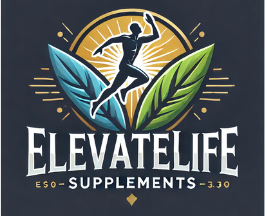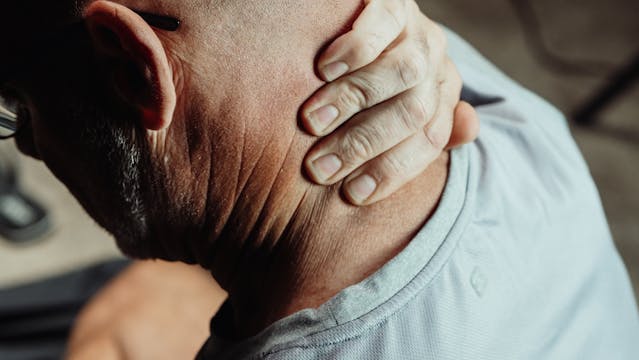Aches and pains are a common occurrence in life, whether due to long hours spent at a desk, engaging in physical activities, or simply the natural process of aging. While medication can provide temporary relief, it often comes with side effects or the risk of dependency. The good news is that there are natural and effective ways to alleviate discomfort without relying on pills. By incorporating small changes into your daily routine, you can reduce pain and enhance your overall well-being.
Prioritizing movement and stretching is essential for managing pain naturally. A sedentary lifestyle can contribute to stiffness and chronic pain, as the body is designed to move. Engaging in gentle stretching exercises in the morning and throughout the day can help reduce tension and improve mobility. Additionally, incorporating low-impact exercises such as walking, swimming, or yoga can maintain joint health and enhance circulation, ultimately reducing pain in the long term. Strength training is also beneficial as it builds muscle to support the joints, preventing strain and reducing discomfort caused by weak or imbalanced muscles. Even small efforts, like taking breaks to stand up and stretch every 30 minutes while working at a desk, can make a significant difference.
Improving posture is another crucial aspect of natural pain management. Poor posture is a leading cause of chronic pain, particularly in the neck, shoulders, and lower back. Simple adjustments such as keeping your shoulders relaxed and back, using ergonomic chairs or cushions for lower back support, and maintaining proper alignment while sleeping can significantly reduce strain on muscles and joints.
Utilizing heat and cold therapy can be an effective way to manage pain and inflammation. Alternating between heat therapy, such as heating pads or warm baths, and cold therapy, like ice packs or cold compresses, can provide relief for chronic aches and sudden pain. Knowing when to use each method—heat for stiffness and chronic pain, and cold for acute pain and inflammation—can maximize the benefits of this natural pain management technique.
Staying hydrated and consuming anti-inflammatory foods are important factors in reducing pain. Dehydration can lead to muscle cramps and stiffness, so it’s essential to drink an adequate amount of water throughout the day. An anti-inflammatory diet, rich in omega-3 fatty acids, leafy greens, berries, and nuts, can help alleviate pain over time. Avoiding processed foods, excessive sugar, and alcohol, which can contribute to inflammation and discomfort, is also key to managing pain naturally.
Practicing stress management techniques is crucial for preventing unnecessary aches and pains. Stress and pain are closely interconnected, as tense muscles can lead to increased discomfort. Incorporating deep breathing exercises, meditation, mindfulness, or massage therapy into your daily routine can help relax tense muscles, shift focus away from pain, and improve overall well-being.
Getting enough rest is essential for effective pain management. Quality sleep allows the body to repair and recover, making it crucial for alleviating aches and pains. Maintaining a consistent sleep schedule, avoiding screens before bedtime, and creating a comfortable sleep environment can promote restful sleep and help the muscles heal.
By making small changes to your daily routine, focusing on movement, posture, diet, stress management, and rest, you can reduce aches and pains naturally and improve your quality of life without relying on medication. These holistic approaches to pain management can enhance your overall well-being and promote long-term health and vitality.


